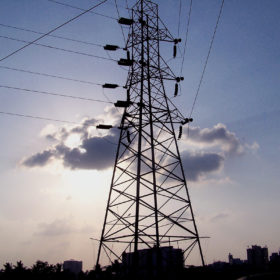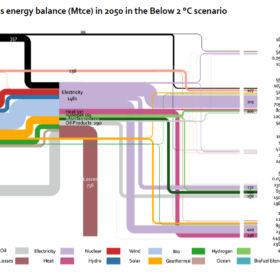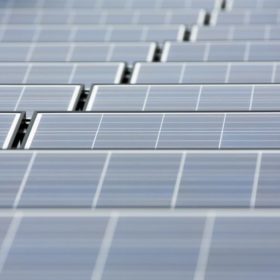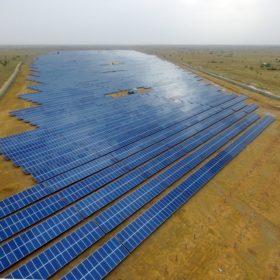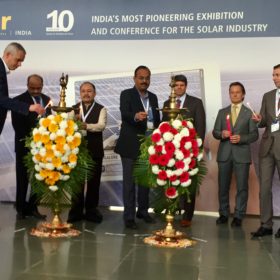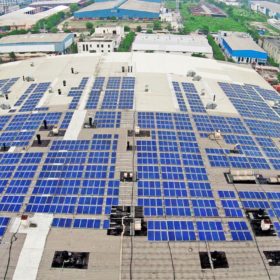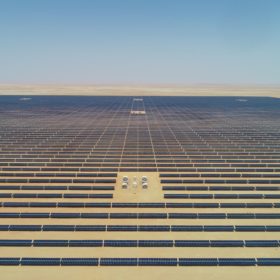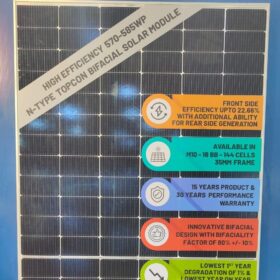2019 PV installations to hit 123 GW, global balance shifting, says IHS
More predictions from IHS Markit reveal that 123 GW of solar PV installations are expected in 2019 – up 18% on the capacity additions expected this year. It also sees a market shift away from China, with two thirds of capacity located elsewhere. The overcapacity situation is also expected to ease.
Haryana: the argument for a rollback of solar incentives
The state has withdrawn its transmission charges waiver for solar projects bigger than 500 MW in capacity. While unhappy developers are protesting, industry experts deem it sensible for the government to apply a limit to – and possibly plan a phased withdrawal of – incentives for the solar sector.
The long read: Materials matter
As problems with component failure have already laid bare, there is a clear need for contract clarity at every stage of a PV project, from material and component sourcing to power purchase and operations agreements. Here, pv magazine investigates a little covered issue for module buyers, which could threaten insurance coverage and the overall success of a project further down the line.
CREO 2018: A new era in the Chinese energy transition
A new era in the Chinese energy transition is on the menu and renewables are the order of the day, according to the latest China Renewable Energy Outlook (CREO). China will not require a gas bridge between coal and renewables, it finds, adding that renewables will become the core of the nation’s energy system by 2050, with annual PV installs of between 80-160 GW possible. Not only that, but electricity supply could be cheaper in this future than it is today.
MNRE: Preference will be given to domestically manufactured renewable energy products
The Indian Government has mandated that preference be given to domestically manufactured renewable energy products in public procurement. As per the order, 100% of the solar modules for grid-connected solar power projects must be domestically manufactured.
Intersolar India: EV program must be accelerated, storage on everyone’s lips
For India to achieve its 2030 dreams of fully electrifying its passenger vehicle market, and growing a leading manufacturing industry, its electric vehicle program must be accelerated. Meanwhile, if Intersolar India 2018 had to nominate the most-repeated word at the event, “storage” would win hands down.
India will auction 80 GW of solar, wind capacity by March 2020
The Indian Government plans to tender 60 GW of solar and 20 GW of wind capacity by March 2020. This would complete the planned auctions for its targets of 100 GW solar and 60 GW wind installations by 2022, leaving two years for project execution, according to an year-end review by the Ministry of New and Renewable Energy (MNRE).
10th Intersolar India gets underway
With yellow marigolds in large terracotta pots, colorful metal swans pinned to the walls, speakers in natty pin stripes and swarms of eager visitors, the 10th Intersolar India began a tad late, but on a high note at the Bangalore International Exhibition Centre (BIEC) in Bengaluru, often dubbed the Silicon Valley of India. Karnataka’s successes were a key talking point, while the importance of EVs and storage was underlined.
Uttar Pradesh calls for $809 million private investment for 4 GW solar project
The Uttar Pradesh Government is looking for private investment worth Rs 55 billion (UD$809 million) for the proposed Bundelkhand Green Energy Corridor, which is expected to generate 4 GW of solar power.
Green Climate Fund signs $100 million pact for India’s rooftop solar
The Green Climate Fund (GCF) and the National Bank for Agriculture and Rural Development (NABARD) have signed an agreement to infuse US$100 million into an ambitious $250 million project designed to unlock private sector initiatives for the creation of rooftop solar power capacity across India.

